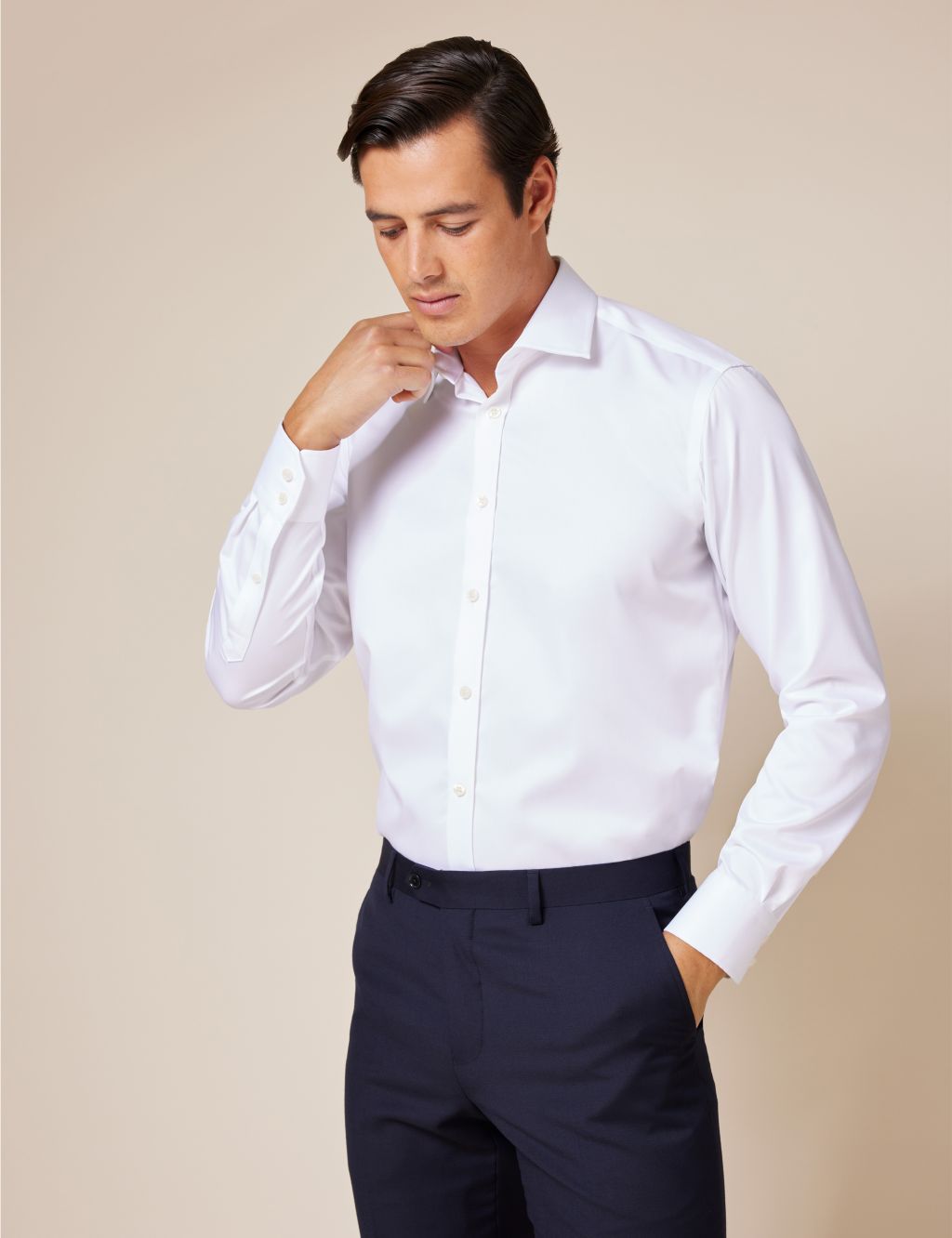Are Non-Iron Shirt Really a Wrinkle-Free Wonder or Just a Chemical-Loaded Convenience?

Non-iron shirts are a real game-changer in the world of fashion and practicality. I mean, who has the time or energy to fuss over a wrinkled shirt every morning, right? Non-iron shirts are the answer to that age-old problem.
Imagine waking up, grabbing your shirt from the closet, and just putting it on without having to iron it first. It's like a small miracle, especially for those of us who are perpetually running late or just want to simplify our daily routines.
The secret behind these magical shirts lies in the fabric and the way they're made. They're typically crafted from a blend of cotton and synthetic fibers, which gives them that crisp, clean look without the need for an iron. Plus, they're designed with minimal creases in mind, so even after a long day of wear, you still look sharp.
Non-iron shirts come in all sorts of styles, from dress shirts for the office to casual button-downs for the weekend. They're versatile and can be dressed up or down, making them a staple in many wardrobes.
But it's not just about the convenience; non-iron shirts also save us time and money. You no longer have to spend precious minutes ironing, and you can say goodbye to those pricey dry cleaning bills. They're low maintenance and can be tossed into the washing machine with ease.
In a world where time is a precious commodity, non-iron shirts have become a savior for many. They blend style and practicality seamlessly, allowing us to look put-together effortlessly. So, whether you're a busy professional or just someone who values simplicity in their wardrobe, non-iron shirts are a must-have addition that will make your mornings a little smoother and your look consistently polished.
While non-iron shirts certainly have their advantages, it's essential to consider the potential downsides too. Here are a few harmful aspects to keep in mind:
Chemical Treatment: Non-iron shirts are often treated with chemicals to achieve their wrinkle-resistant properties. These chemicals can include formaldehyde resins and other synthetic compounds. Prolonged exposure to these substances, either through skin contact or inhalation, can lead to skin irritation, allergies, and even respiratory issues for those with sensitivities.
Environmental Impact: The manufacturing process of non-iron shirts typically involves synthetic fibers and chemical treatments. This can contribute to a higher environmental footprint compared to more natural and sustainable fabrics. Additionally, the release of chemical residues into the environment during production can have detrimental effects on ecosystems.
Reduced Breathability: Non-iron shirts tend to be less breathable than their 100% cotton counterparts. This can make them less comfortable, especially in hot and humid weather, as they trap heat and moisture against the skin. Prolonged wear in such conditions can lead to discomfort and even skin-related issues.
Durability Concerns: Some argue that non-iron shirts may not be as durable as traditional cotton shirts. The chemical treatments that make them wrinkle-resistant can weaken the fabric over time, potentially leading to a shorter lifespan for the garment.
Limited Style Options: While non-iron shirts have become more versatile in recent years, there may still be limitations in terms of styles and patterns available compared to traditional shirts. If you're looking for unique or specific fashion choices, the non-iron category might not offer as much variety.
Ethical Concerns: The production of non-iron shirts, like many other textiles, can raise ethical concerns related to labor practices, particularly in countries with lax labor regulations. It's important to consider the ethical implications of your clothing choices and support brands that prioritize fair labor practices.
In summary, non-iron shirts can be a convenient addition to your wardrobe, but they come with certain trade-offs, including potential health risks, environmental concerns, and reduced comfort. It's crucial to strike a balance between convenience and sustainability when making clothing choices and to be aware of the potential drawbacks associated with non-iron garments.
